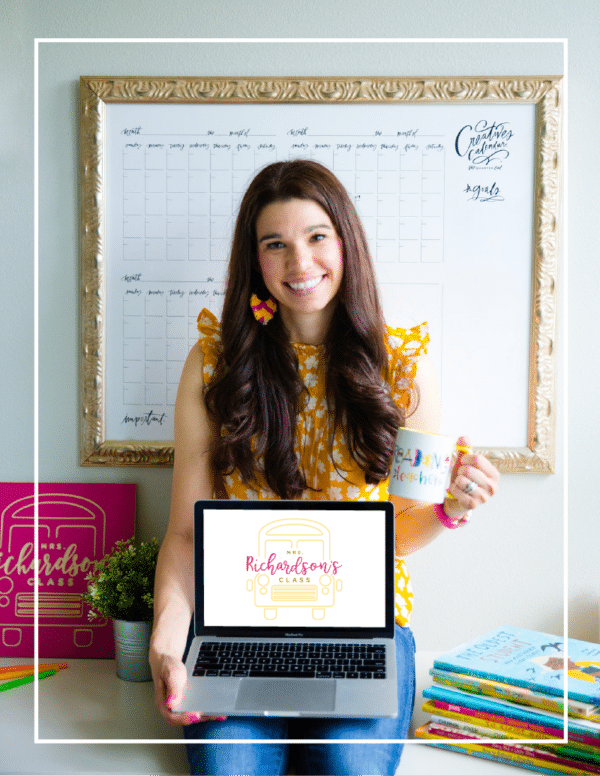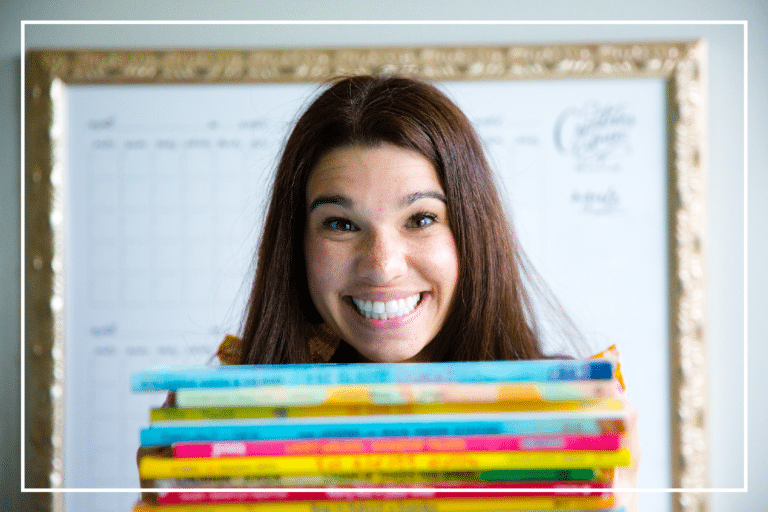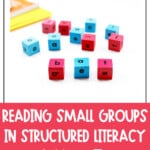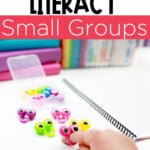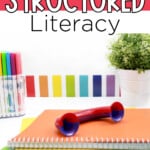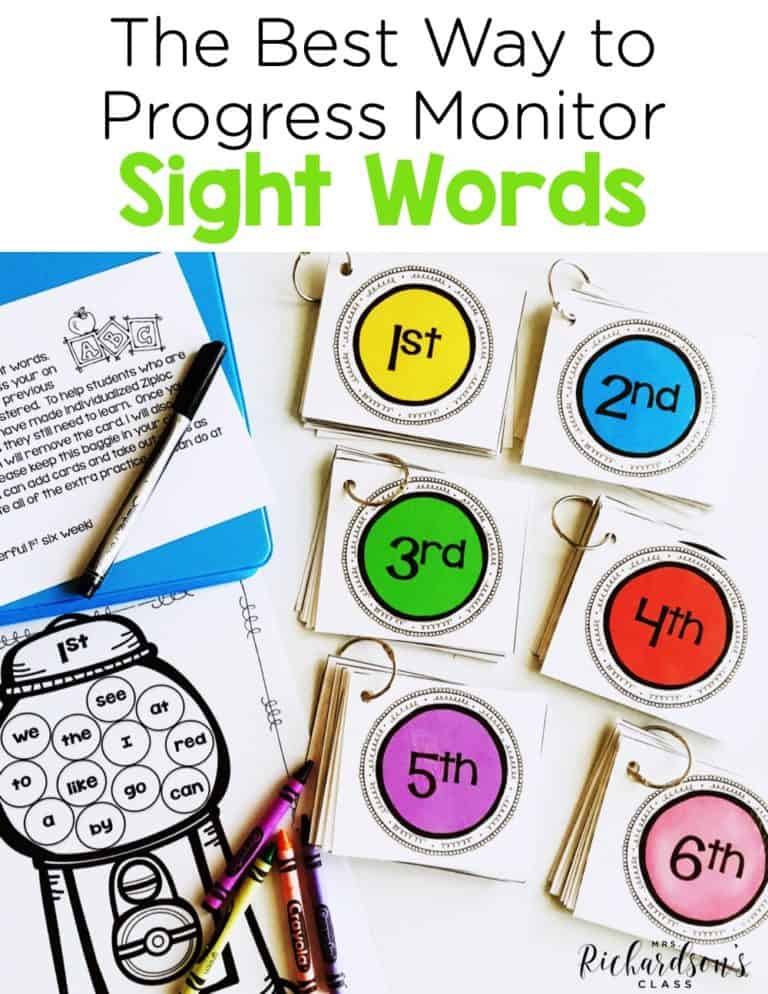

We know things are changing with our small group instruction, just as they have changed with our literacy instruction. And it’s a good thing, friends! There is so much good information out there about reading groups and structured literacy.
But what do we need to include in our literacy block each day? Today on the blog we are going to talk about reading groups and structured literacy, and how they can work together to best support your readers.
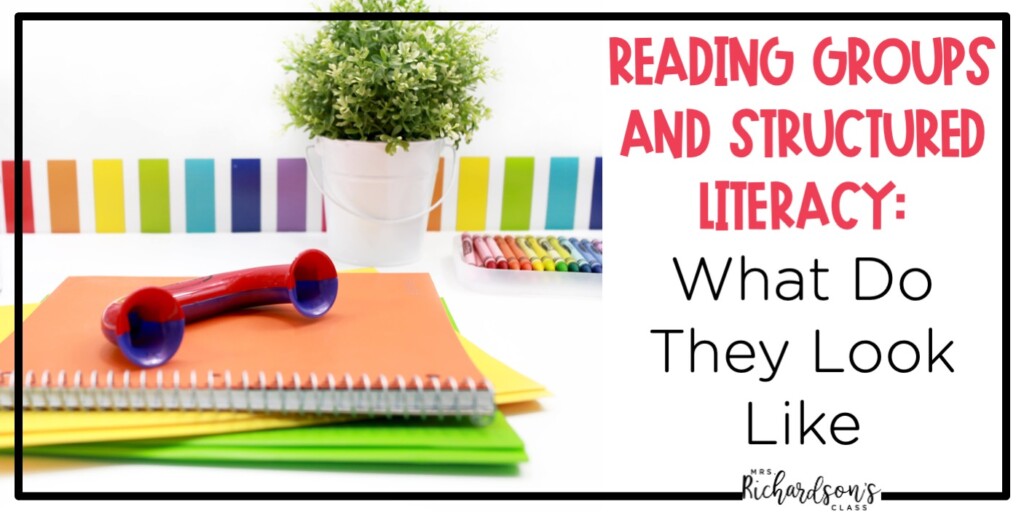
Small group literacy instruction is a special time for you to meet your students where they are and work with them. After you know your student’s strengths and weaknesses, you will group them together based on what skills they need help with.
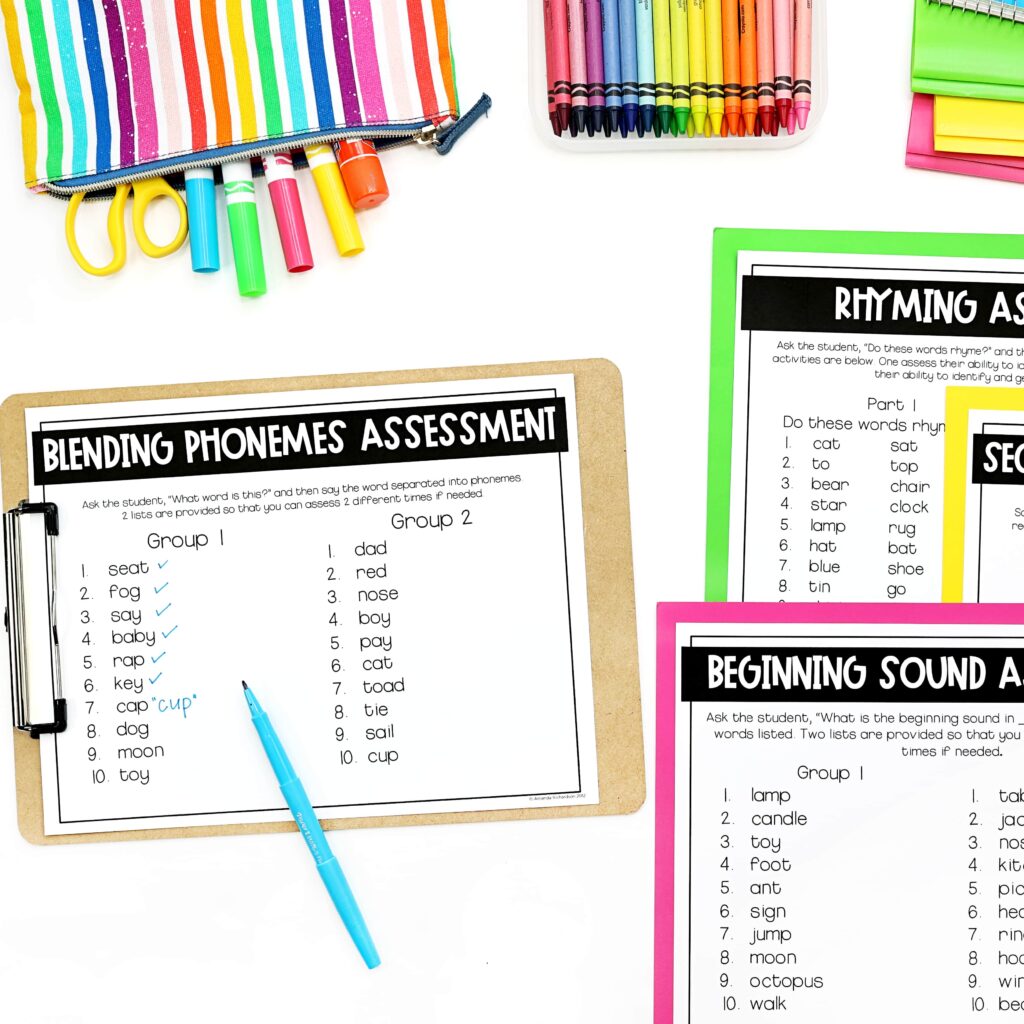
The key components of structured literacy are:
Once you know where your students need help, you will know which elements to teach in small group. For example, if a group is struggling with phonology, you might work on phonological awareness activities in reading small groups.
There are a few things we should leave behind when it comes to reading groups and structured literacy now that we know more about how the brain learns to read.
One of those things is using leveled readers for our beginning readers. Leveled readers have a place, but not with our students who are just learning how to read. We want our students to use the phonics knowledge and skills we are teaching them in the books they are reading.
A good, high-quality decodable reader follows a systematic progression. It also has students practice the phonics skill they are working on and any previous ones. We know that it takes up to 6 weeks for a phonics skill to solidify so repeated practice is crucial.
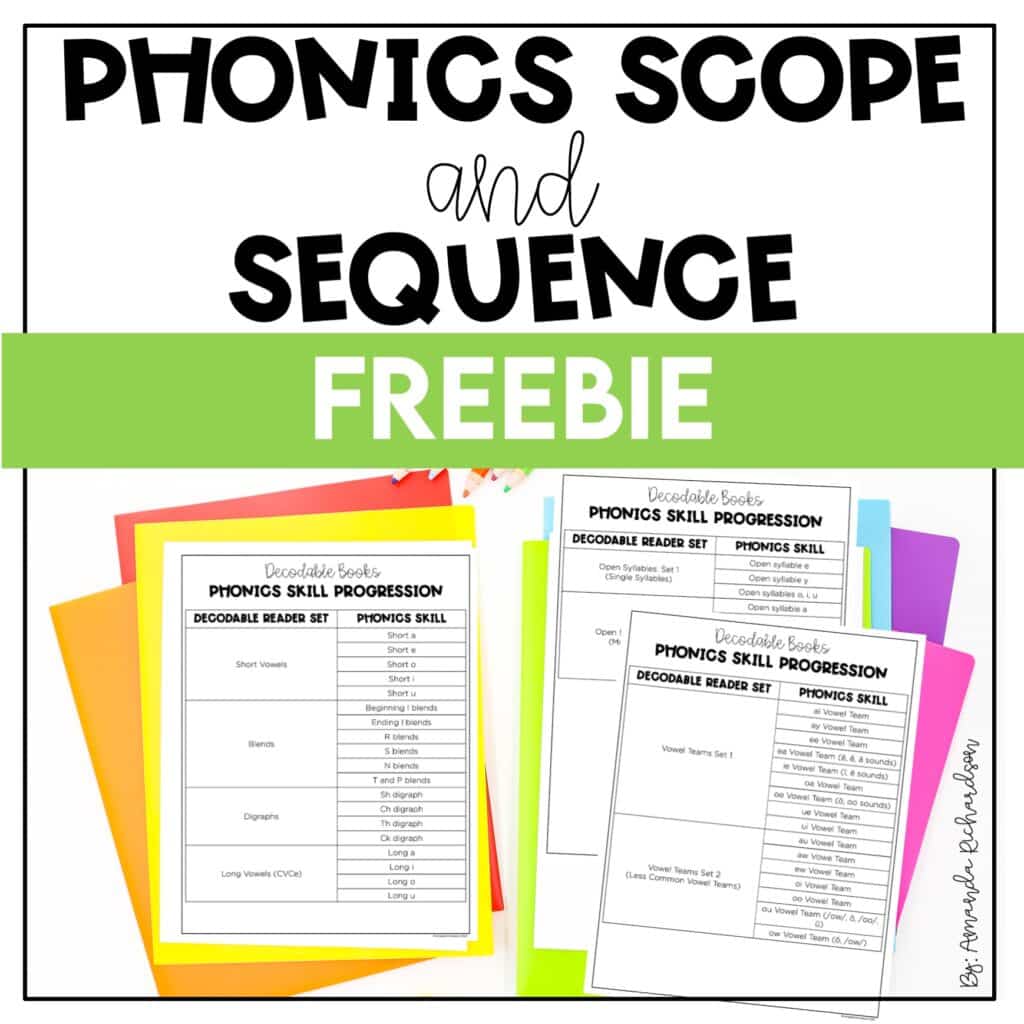
If you need a phonics scope and sequence, grab one FREE here!
Another thing we want to leave behind is omitting phonics instruction during small groups or making it a short, quick item at the end. I know I was sometimes guilty of quickly doing a word work activity at the end so I could fit it in at the end of my reading small group lesson.
We want to spend some of our small group time explicitly teaching phonics skills. Then, have the students practice them in a variety of ways. We don’t want phonics to be an afterthought.
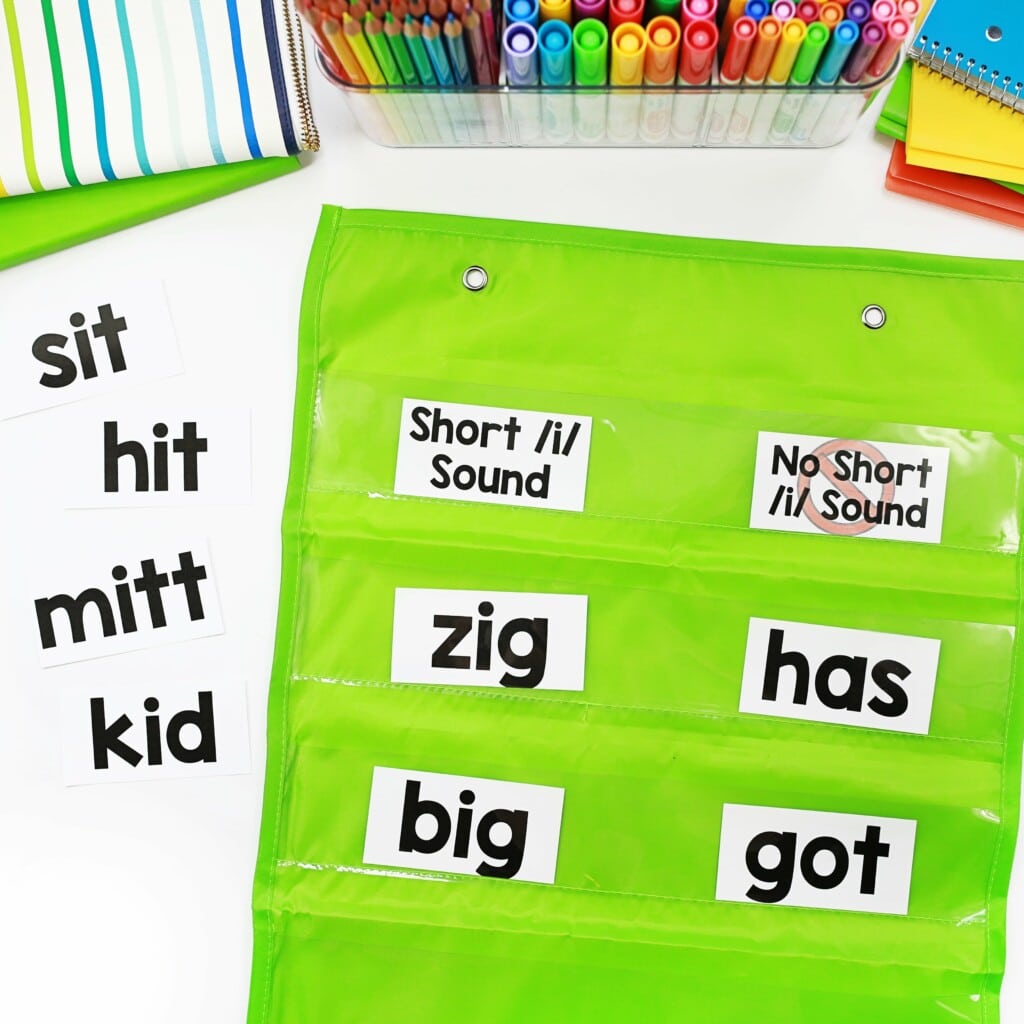
Getting started with something new can feel overwhelming. You may find yourself asking,
I have great news! I have ready-for-you lessons with everything you need to get started with science of reading aligned reading groups and structured literacy.
We have seven different individual sets of decodable readers with easy to use lessons. Each kit provides you with:
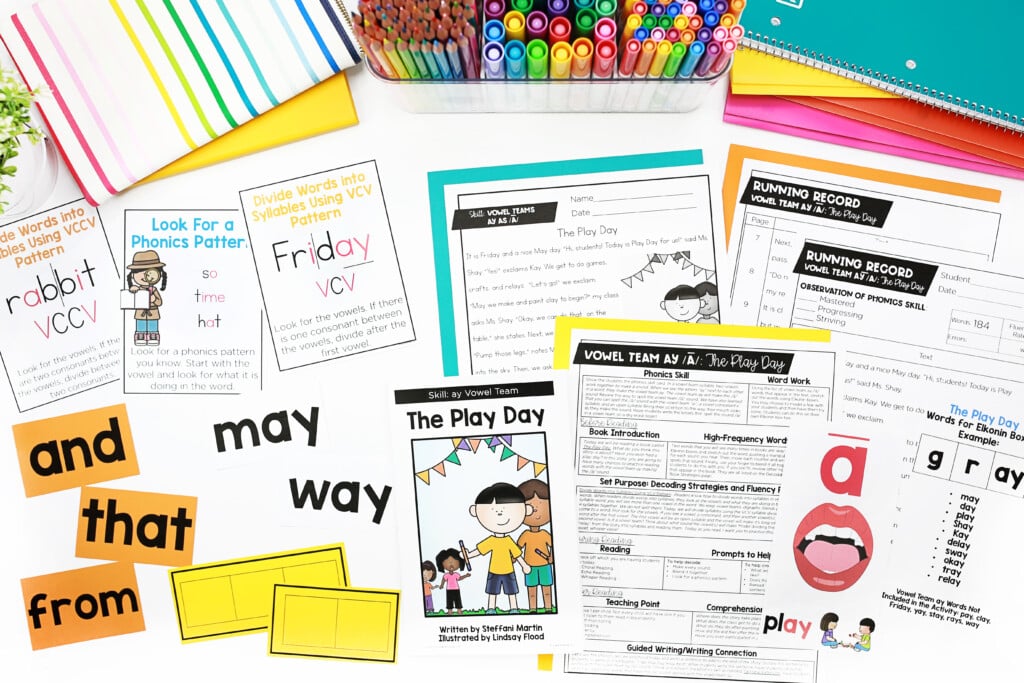
They follow a thoughtful phonics scope and sequence that is research-based and systematic. You can also grab the bundles to save!
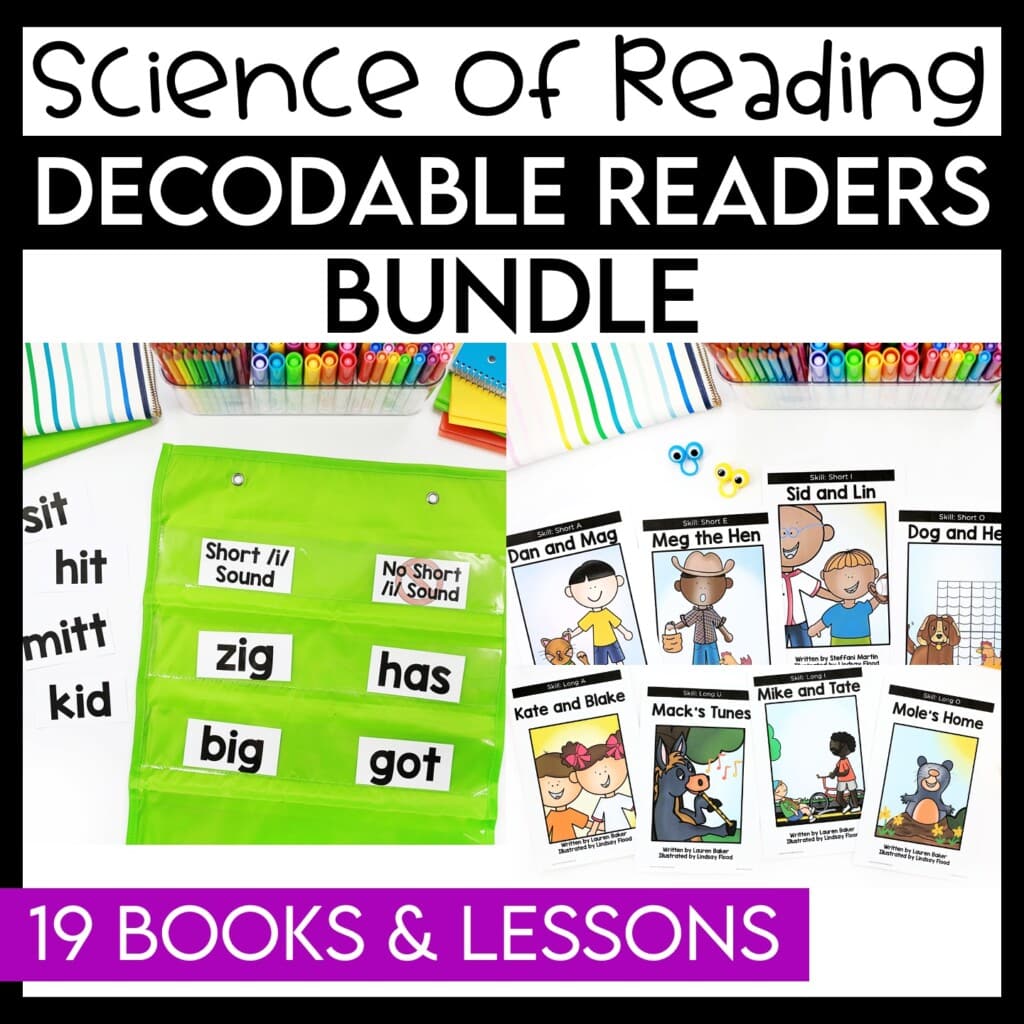
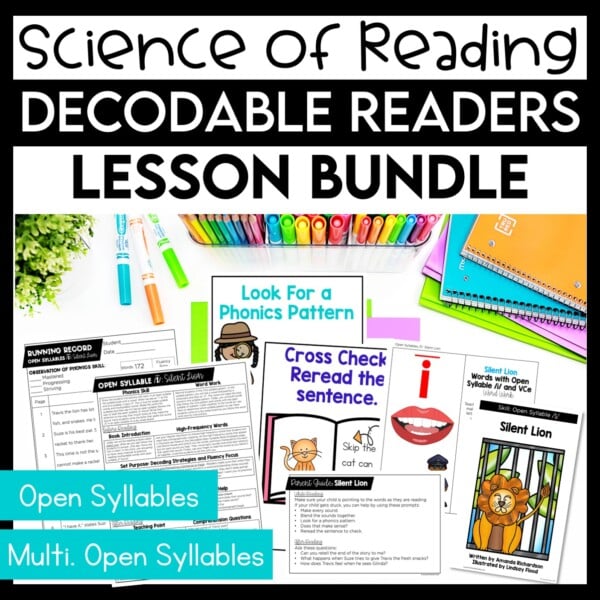
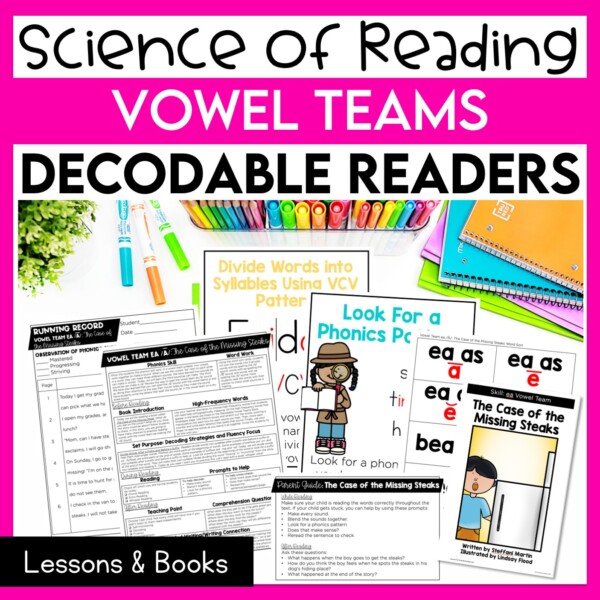
What does your small group time look like, friend? Are you doing some of the skills mentioned above? I’d love to hear what your reading groups and structured literacy time looks like in the comments.
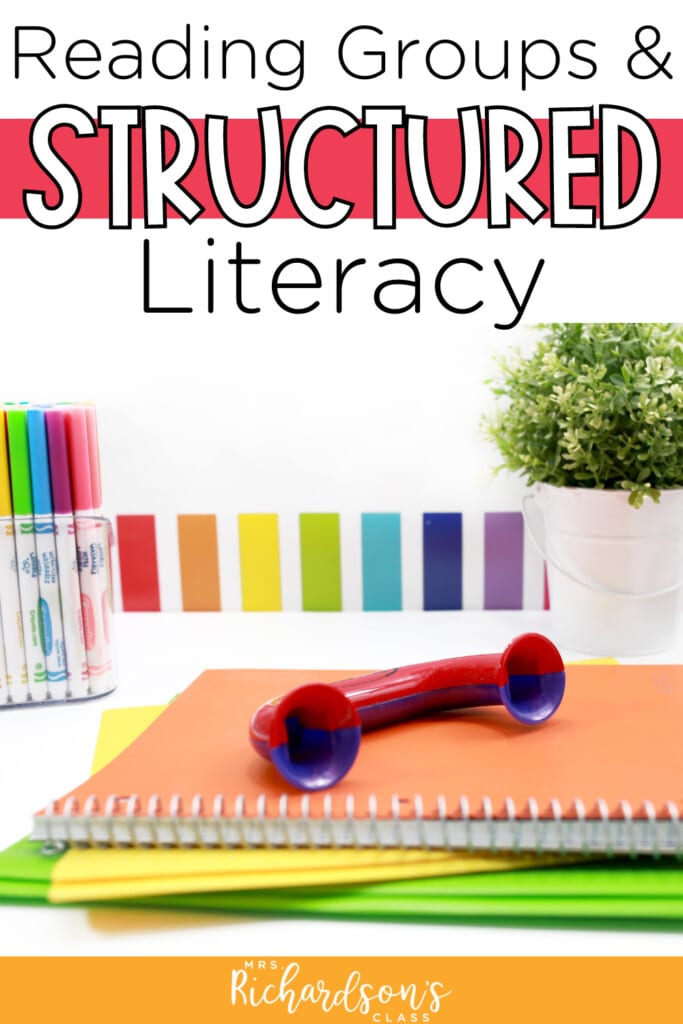
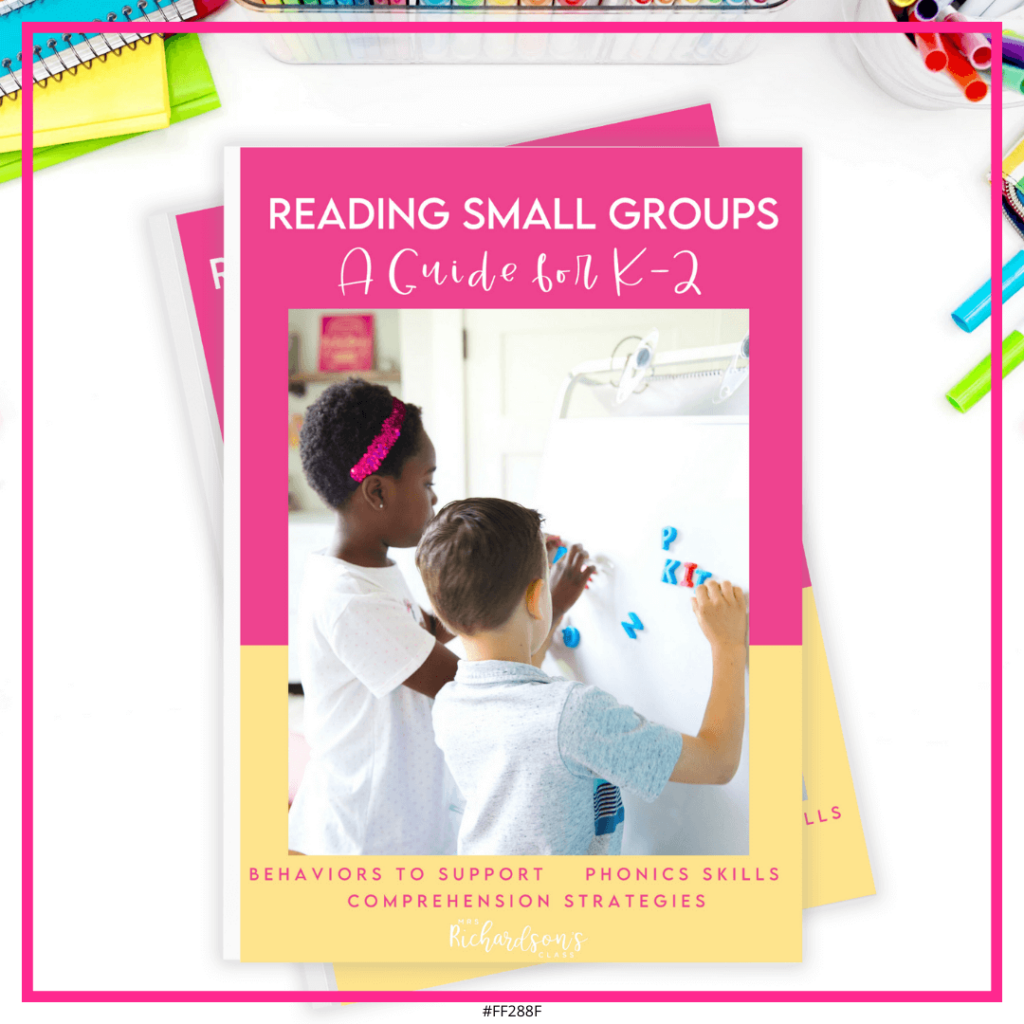
Want to use the latest research to boost your readers during small groups? This FREE guide is packed with engaging ideas to help them grow!
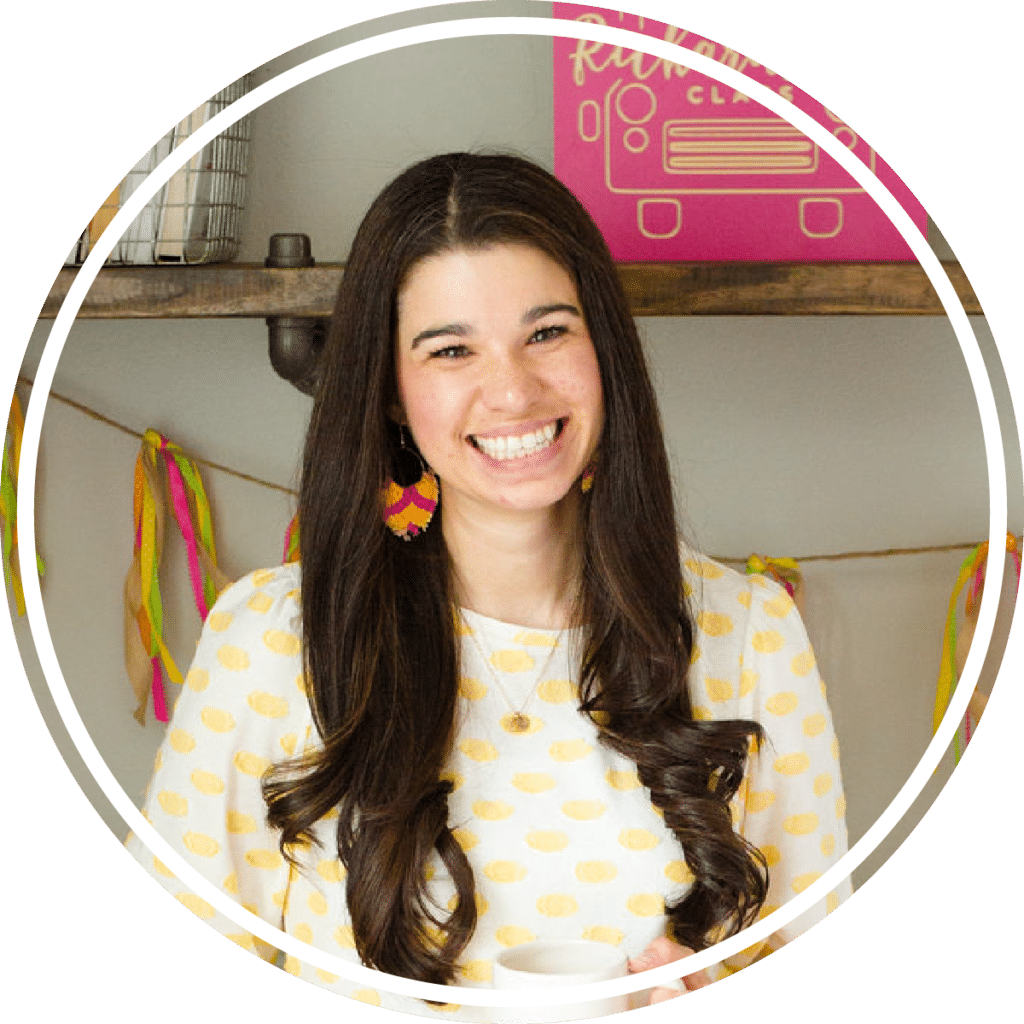
I’m a K-1 teacher who is passionate about making lessons your students love and that are easy to implement for teachers. Helping teachers like you navigate their way through their literacy block brings me great joy. I am a lifelong learner who loves staying on top of current literacy learning and practices. Here, you’ll find the tools you need to move your K-2 students forward!
